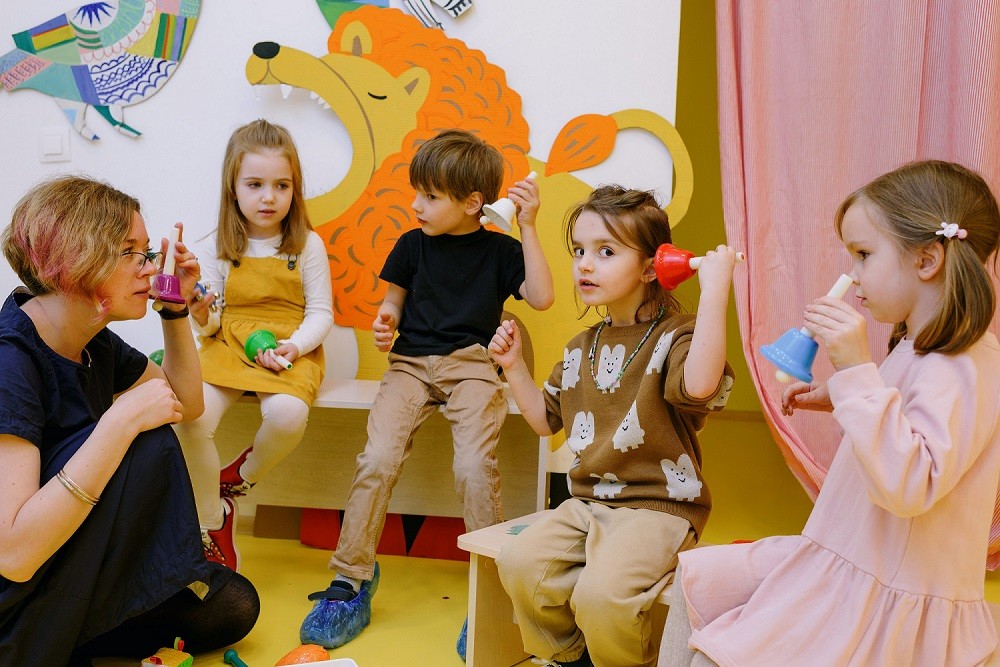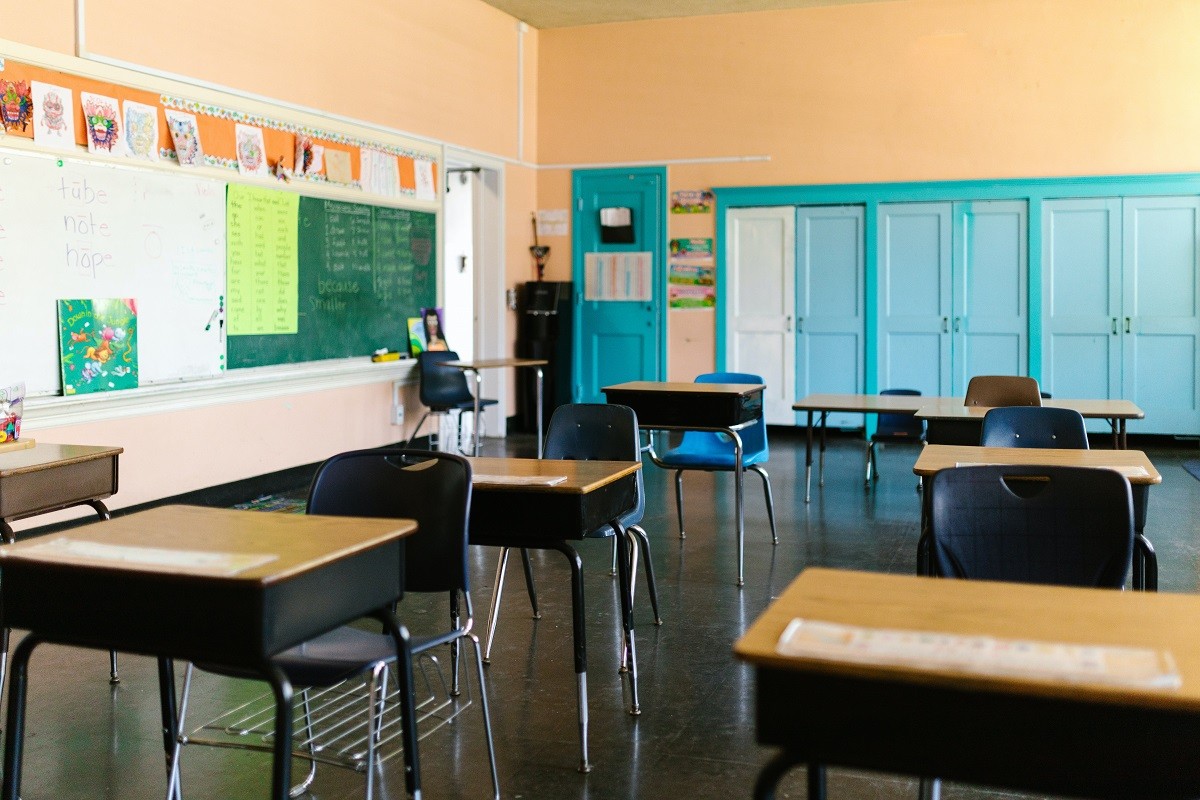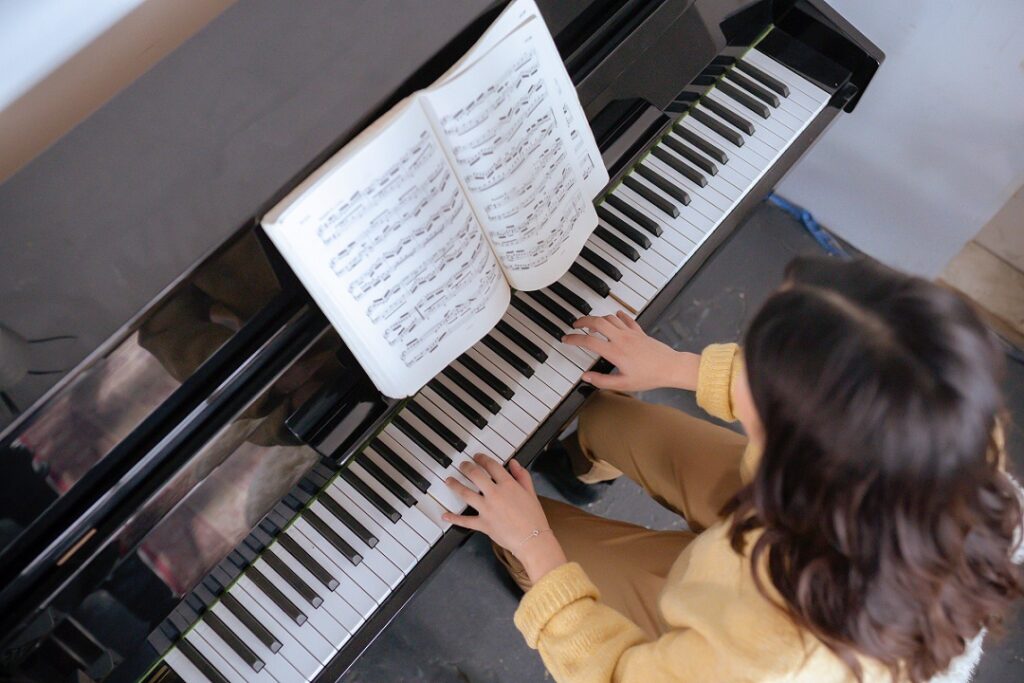7 Things I Wish I Knew Before I Started Teaching
Learn how to deal with these seven situations, which will save time and reduce stress during your first year of teaching.
How many times have you said to yourself, “I wish I knew THAT before I started teaching”?
If I had been given a head’s up on the seven situations and scenarios below, it would have saved me a ton of time and significantly reduced my stress level during my first year of teaching at an elementary school. I hope these tips will help you as you embark on your career as a music educator.
1. Setting Up Your Classroom
My first classroom experience was a whirlwind. Two days prior, I was interviewed, and then I was told to set up my room as soon as possible. My first thoughts were to organize the room, decide on a theme and make everything look pretty.
What I discovered is that it’s more important to set up the room for transitions than it is to make it look nice.
If you have a music classroom with two doors, you are lucky because transitions are easier, especially if you add markers on the floor. Take some stickers that represent your school’s mascot (pawprints, lightning bolts, etc.) and put them on the floor in a straight line in front of the second door. This is where students will exit the room. These stickers will help kindergarteners learn how to stand in a line (something some young students won’t know how to do at the beginning of the year). Make sure the stickers are spaced far enough apart to prevent older students from poking and prodding one another.
Another thing that I didn’t realize is that elementary music teachers often have two classes in their room at once. This is because some teachers drop off their students early, while other teachers tend to run a bit late. If you don’t set up your room for this exiting-and-entering transition, you’ll struggle with classroom management.
After you put down the markers for the exit plan, make an entrance plan, and set it up accordingly. Where do you want the students to go when they first come in? Purchase a carpet with designated spots, so that it is easier to make your seating chart. Also make sure that there is nothing too exciting such as stuffed animals or xylophones near either door.
THE YAMAHA EDUCATOR NEWSLETTER: Join to receive a round-up of our latest articles and programs!
2. Preparing for the Fall Open House
Preparing for the fall open house (some schools call it back-to-school night or round-up) at an elementary school requires a lot of coffee. Go ahead, laugh! But it’s true.
Add some extra self-care: Because open houses are basically an extension of the school day, there is no time to go home, grab dinner or rest. I recommend packing a double meal or even finding something frozen that you can pop into the microwave. Trust me, you’ll need it. Another helpful thing to do is to set aside five minutes to decompress or meditate before parents and students arrive.
The reason why I’m mentioning open house self-care is because that is exactly what I didn’t do. At my first open house, I was running on empty. Then, the families started to wander in.
 Direct parents into your new classroom: Parents tend to bypass “Specials” classrooms like music during after-school events. At my first open house, I greeted a few parents toward the beginning, then nobody came to my classroom for the next three hours. Yikes! If you’re new, do a bit of advertising. Make a poster with your name and subject on it and add a few bells and whistles like ribbons and bright colors. Maybe even play a little bit of soft music to make your room more welcoming. You’re going to want to meet your students’ families long before the musical or (even worse) the end of the grading period.
Direct parents into your new classroom: Parents tend to bypass “Specials” classrooms like music during after-school events. At my first open house, I greeted a few parents toward the beginning, then nobody came to my classroom for the next three hours. Yikes! If you’re new, do a bit of advertising. Make a poster with your name and subject on it and add a few bells and whistles like ribbons and bright colors. Maybe even play a little bit of soft music to make your room more welcoming. You’re going to want to meet your students’ families long before the musical or (even worse) the end of the grading period.
Don’t forget the students: During open house, always have something that the kids can do. I wanted my activity to be relevant to music, so at my first open house, I put a bucket of boomwhackers in the middle of the room, which sounded like a great idea until students started to use them as swords! Remember, students have a ton of energy at the beginning of the school year. I learned that more appropriate items to leave out to keep students busy include egg shakers, finger cymbals, hand bells or claves.
3. Fast Ways to Learn Students’ Names
My favorite way to learn students’ names is pretty simple: Make nametags out of large flashcards, punch two holes in each card and tie about 24 inches of yarn through the holes. Place these nametags in an alphabetical organizer by the door, so students can grab them and put them on as they come into the classroom.
I know what you’re thinking: The nametags are going to get ripped and messed up. Yep! That’s exactly the point. Once a student accidentally rips the yarn off of the nametag, throw it away, and tell them you know their name now. This helps you gradually memorize the names of students.
Another way to learn your students’ names is to try some name-game songs. “Bounce High, Bounce Low” and “Hickety Tickety Bumblebee” work really well for younger elementary students. You can also use these games to assess singing voices. The “Telephone” song is a great name game that is more melodically engaging and works for older elementary students in 4th and 5th grades.
 4. Build Rapport with Students
4. Build Rapport with Students
I made a big mistake when I first became a teacher: I was so focused on keeping my classroom in control that I didn’t spend enough time building rapport. That is until I filled in for someone else’s classroom. That teacher had something called “Carpet Time,” which was such a great idea, I immediately used it in my class.
I changed the name of the activity to “Shares” and use five minutes at the beginning or end of a class to listen to a handful of students as they share something about their day or something they’re looking forward to. This is, in and of itself, classroom management because you only select students who are on their best behavior. Before long, everyone else will straighten up.
But that isn’t the main point. Students want to get to know you as much as you want to get to know them. So, give them a voice. Start building rapport with your students in the form of shares within the first week. It’s a large time commitment, but it’s time well spent — trust me.
5. Coworkers’ Respect is Earned, Not Given
The fact that the respect of coworkers is earned and not given came as a shock to me as a first-year teacher. The janitor won’t just drop everything to help me with my musical setup? What was the deal?!
The “deal” is that respect must be earned, especially if you are a very young first-year teacher. Sure, you might have a similar degree as everyone else in the building, but what you don’t have is rapport (again) or hands-on experience.
Make sure to spend some time in the faculty room. If you aren’t around, your peers won’t respect you as much. Talk to classroom teachers during transitions and let them see you in action by showing them a music game you taught their students. And get to know — and appreciate — the school’s support staff. The custodians and secretaries will prove to be invaluable! Give it some time, and you’ll be part of the team soon enough.
6. The Actual Length of a Teachers’ School Day
We all know that the school day for teachers goes far beyond 3 p.m., but I didn’t know that the day starts way before the bell rings, too. Make sure to read up on your contract for after-school and before-school commitments. Because Specials teachers have such different schedules from other classroom teachers, we often get an extra-long planning period but have another commitment, such as bus duty early in the morning. Prepare to work an hour before the school day and at least a half an hour after. The real length of a teachers’ school day looks more like 7 a.m. to 4 p.m., plus some time for planning.
I found that planning my classes before I left the school was more effective than doing this work at home. You don’t want your home to become a place of work, too. Not to mention, it’s far too tempting to nap!
7. Setting Boundaries
It can be really difficult for empathetic people like elementary music teachers to set boundaries. Because we are Specials teachers, our schedules are different than other educators and more flexible. Unfortunately, this can lead to other coworkers trying to take advantage of you, especially if you are young and new.
I set my first boundary with a co-worker out of a sense of urgency. I remember the way my voice rang out with the words, “No, I can’t take your students right now.” I was 20, she was probably about 45. I was certainly nervous and frightened as I flexed my assertiveness muscles for the first time at work. We actually ended up being great friends shortly after this firm boundary was set.
What I wish I knew before was this: Boundary setting can improve your relationships with your coworkers and be better for your wellbeing.
Your Journey is Just Beginning!
I hope these tips will help you start off on the right foot. The start of school is just around the corner, and your new classroom awaits. Enjoy it!
















